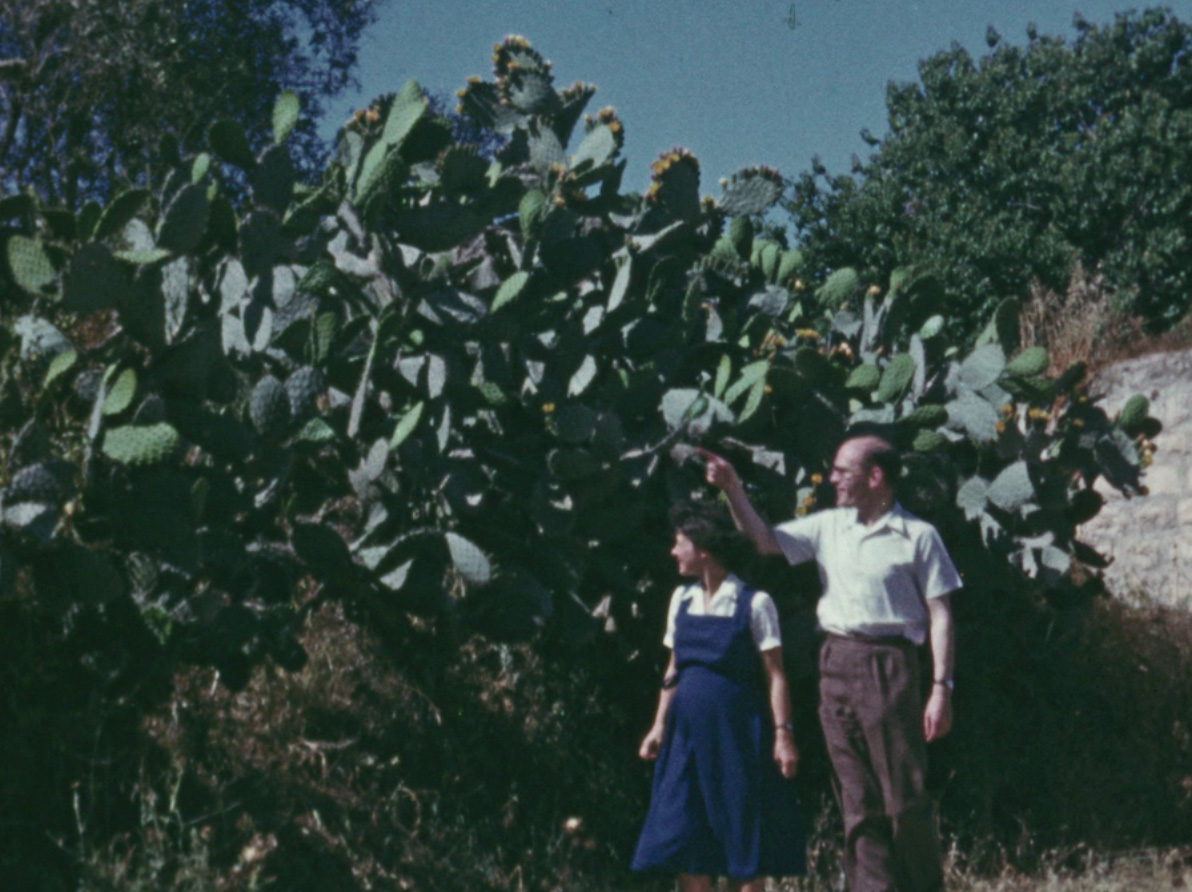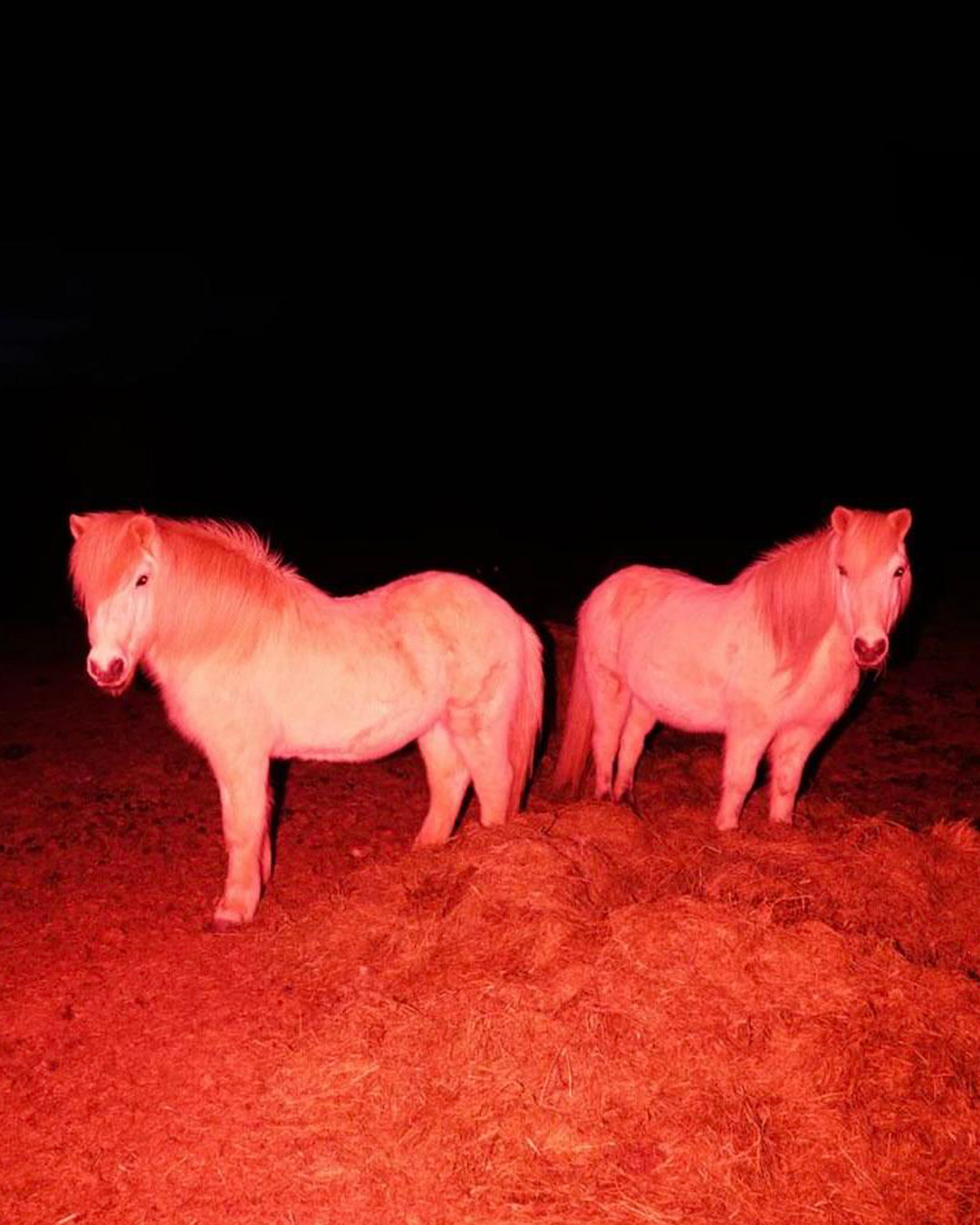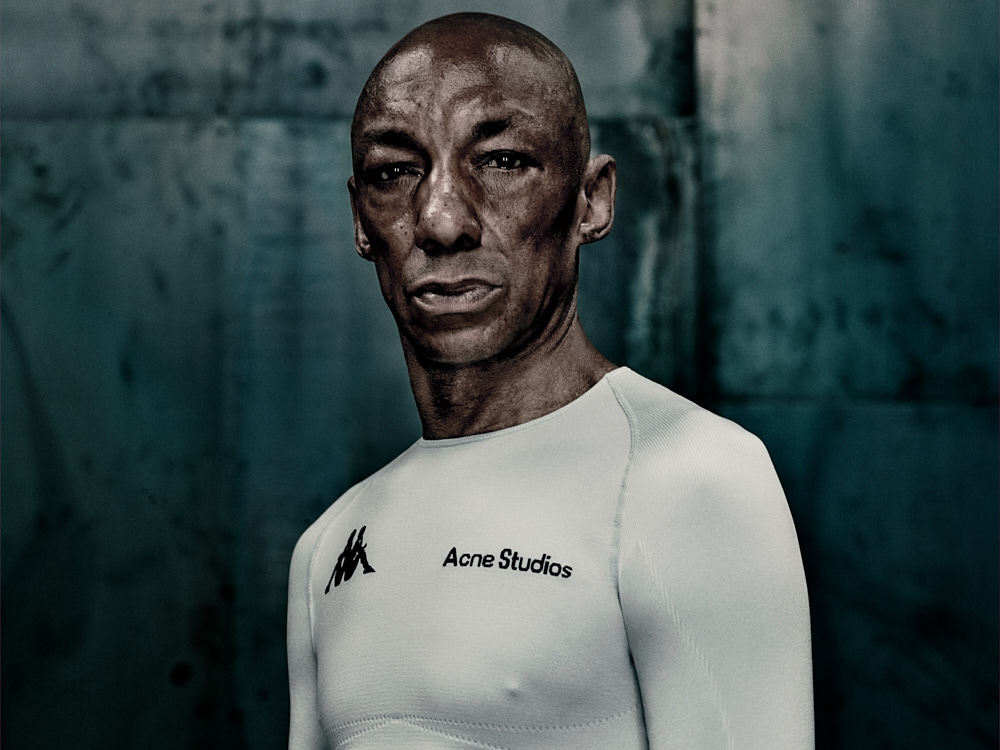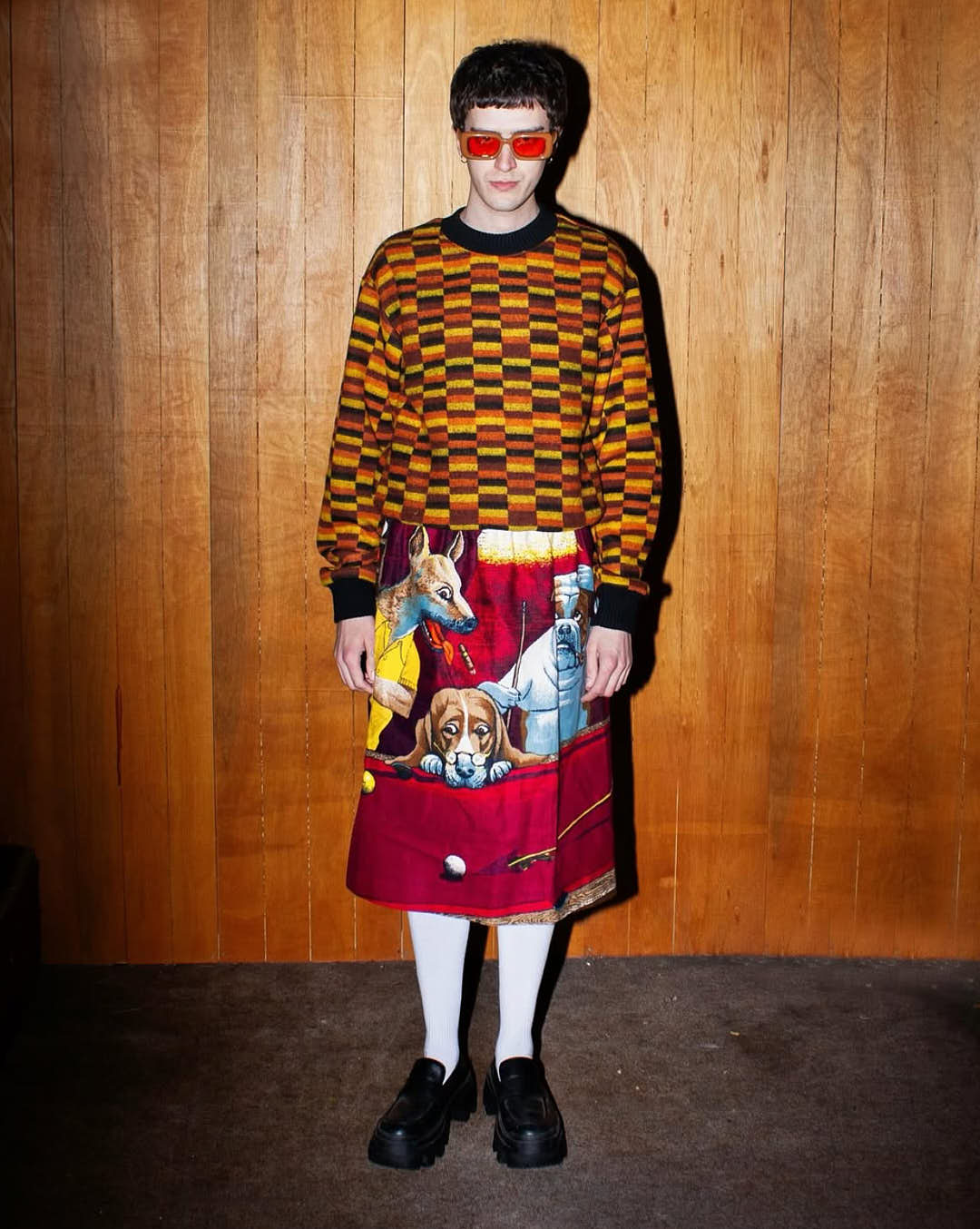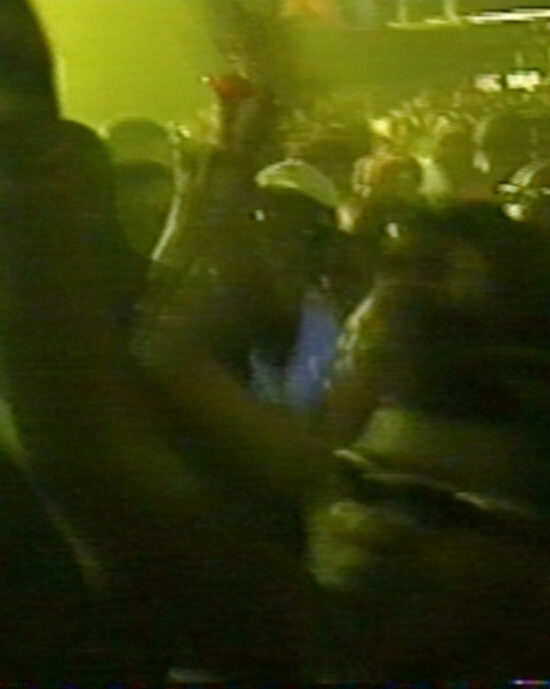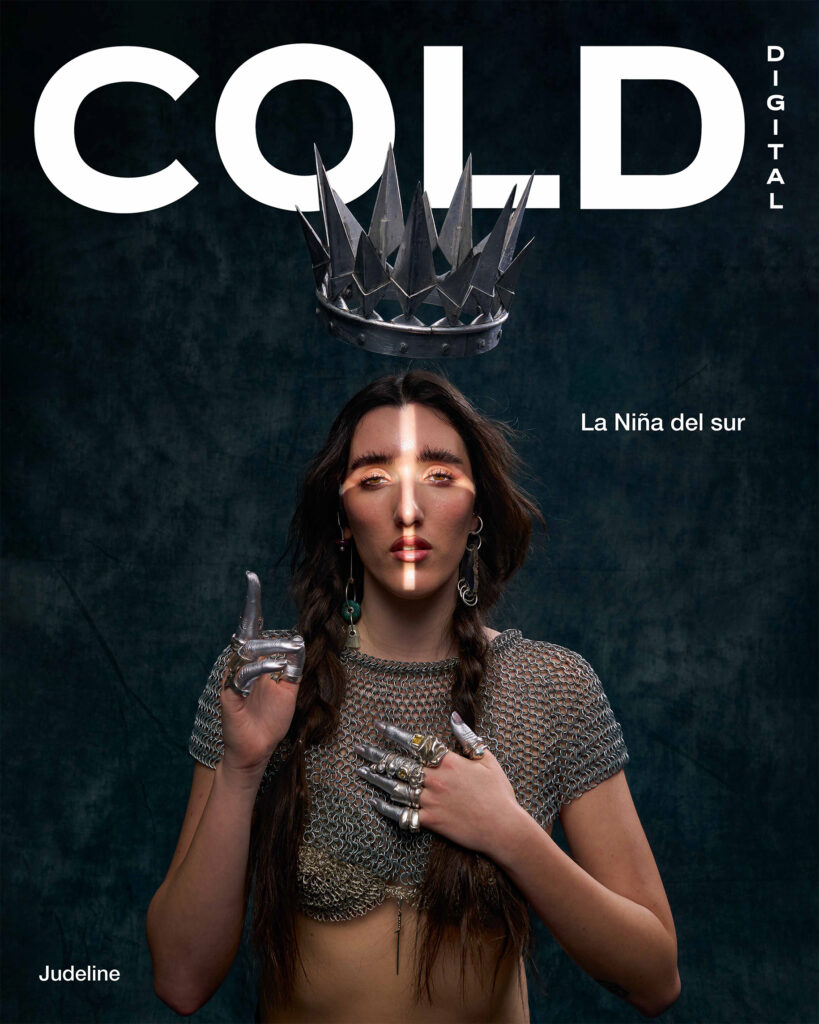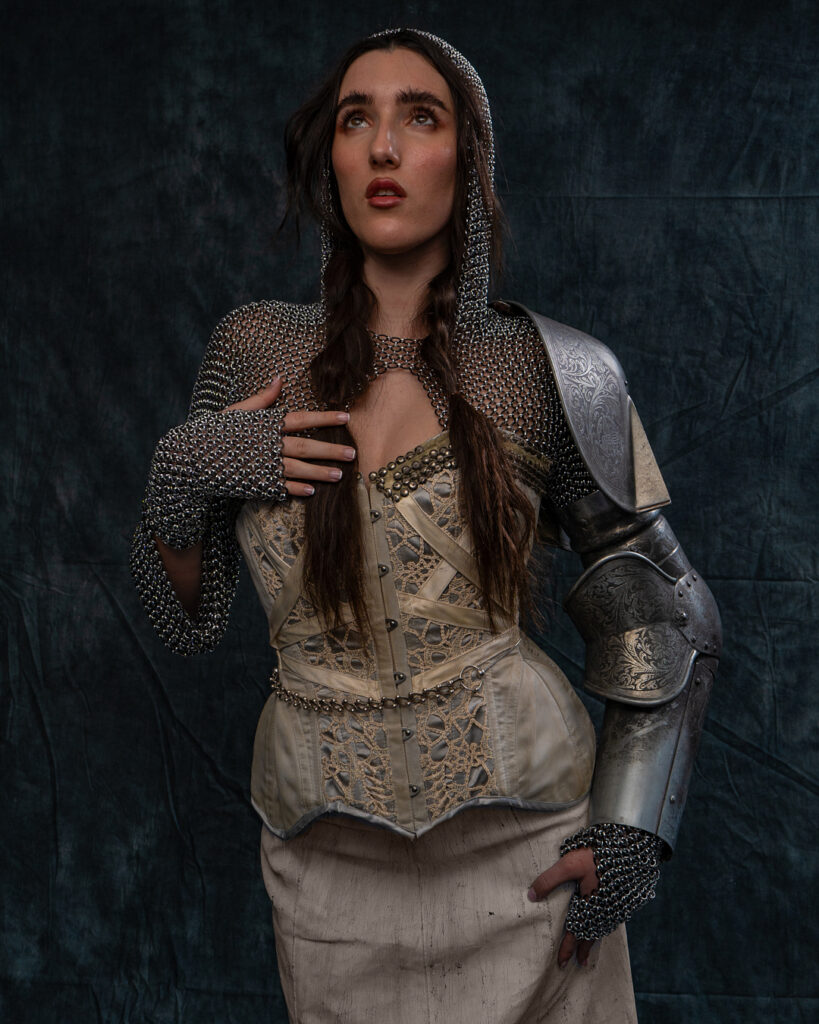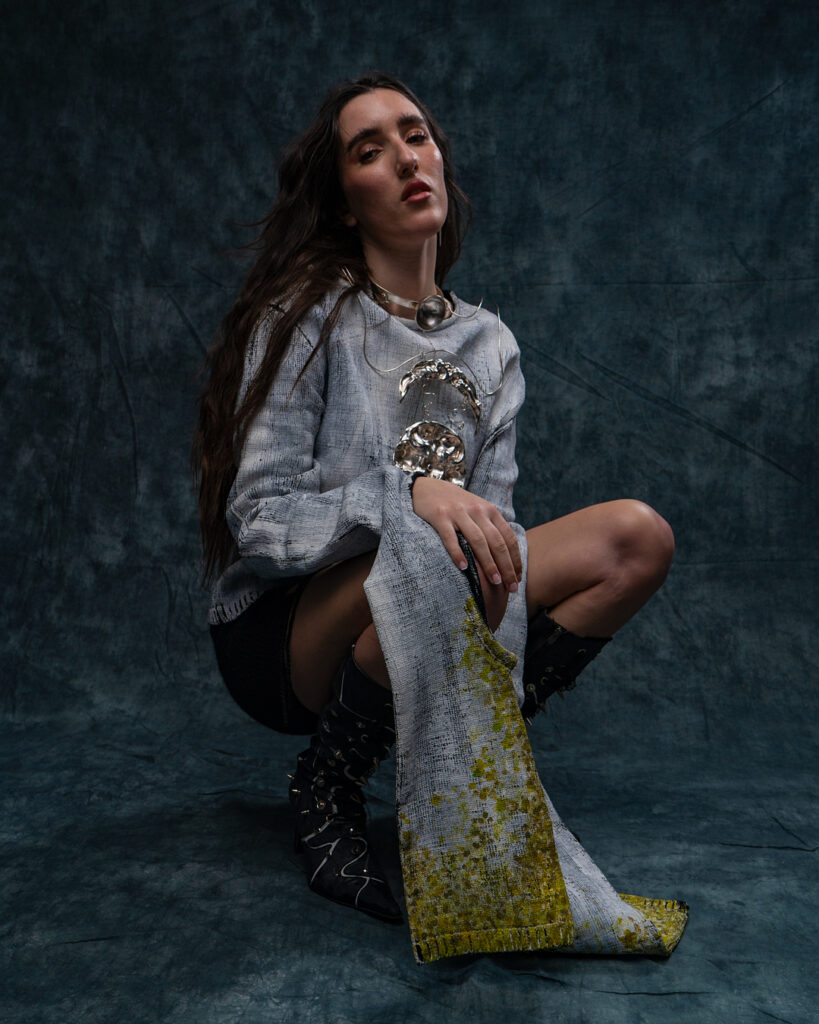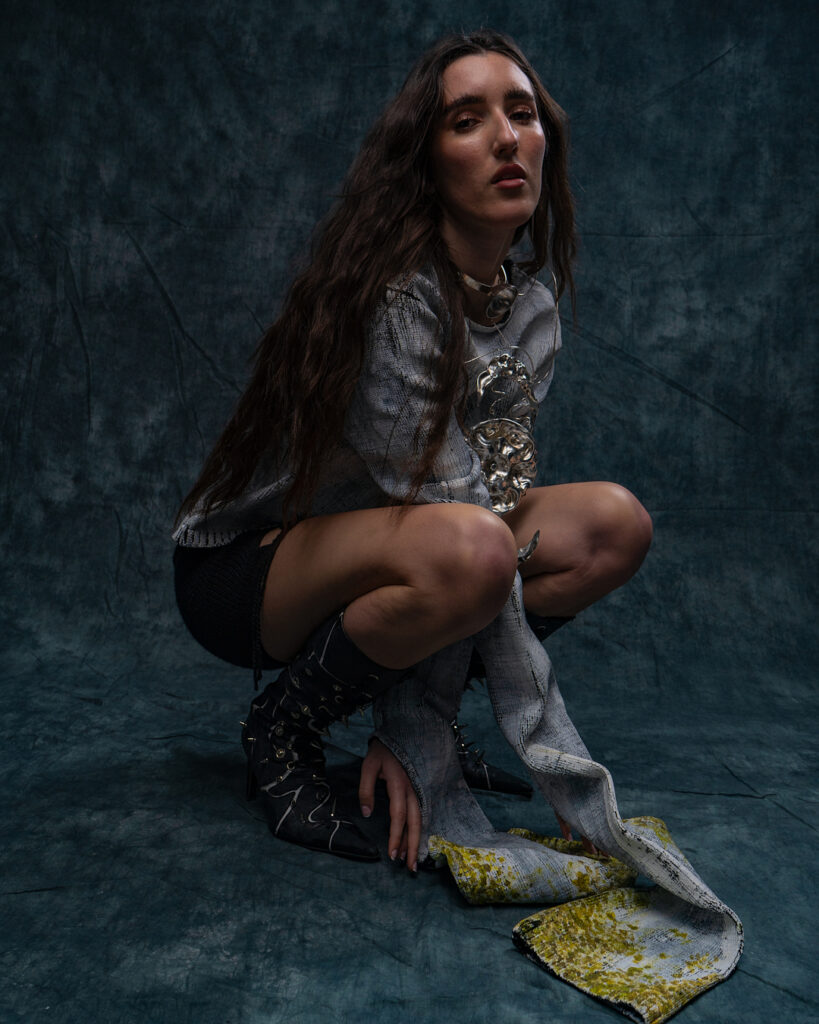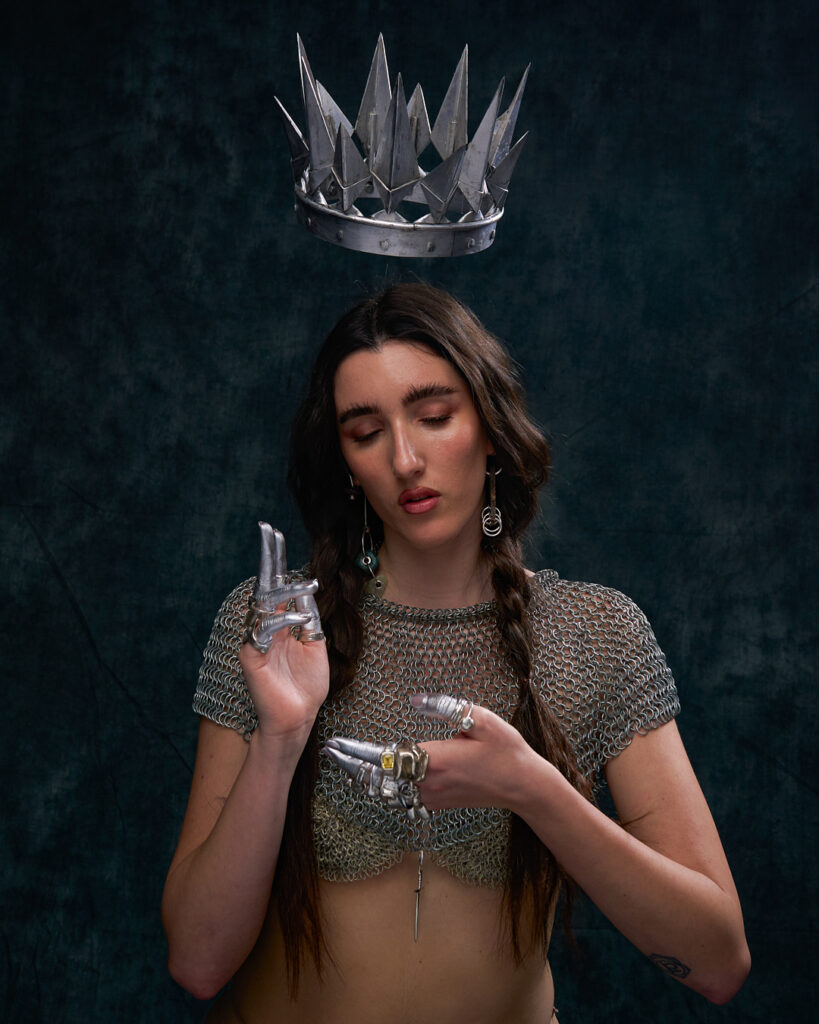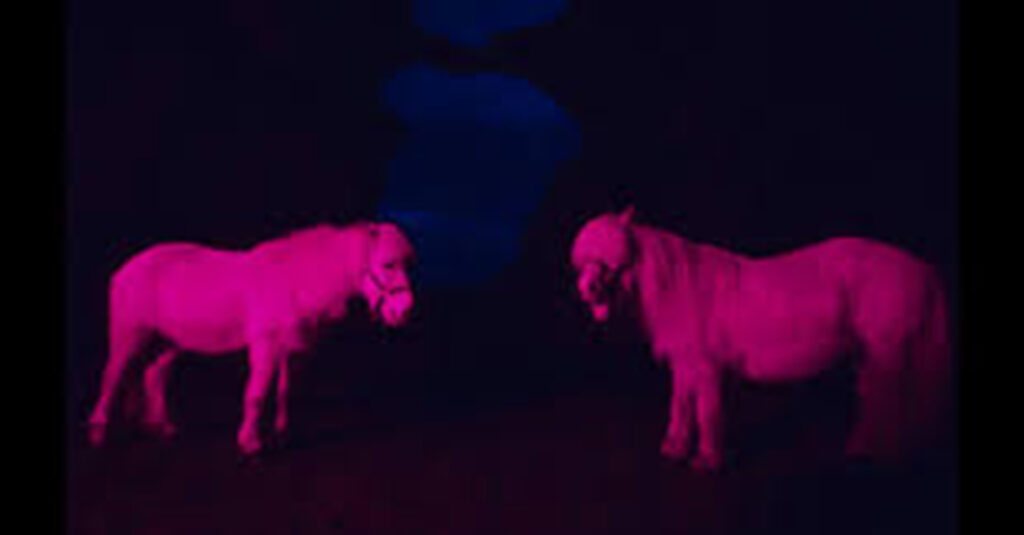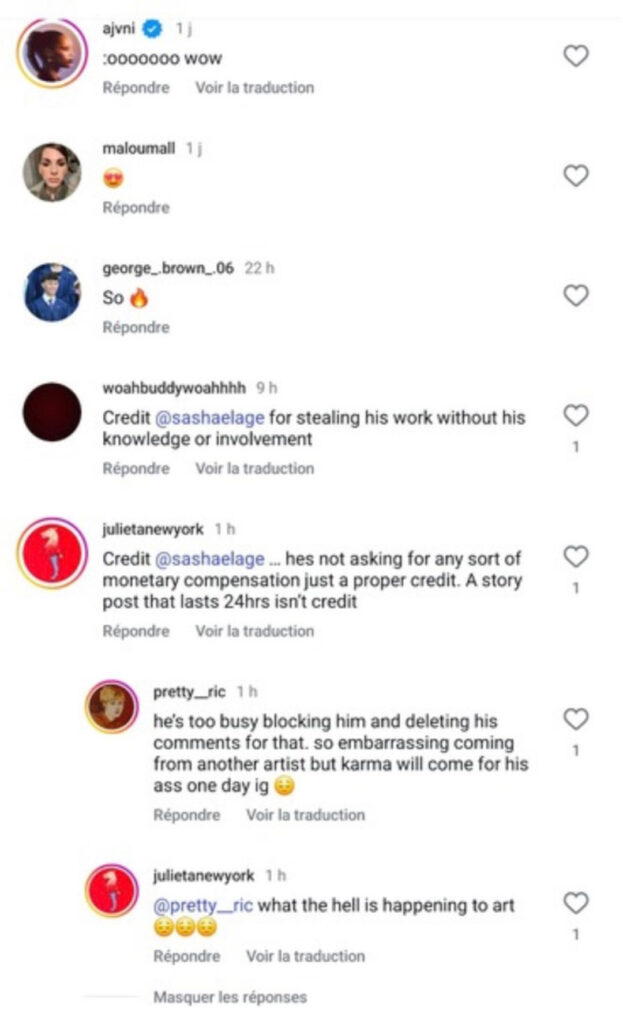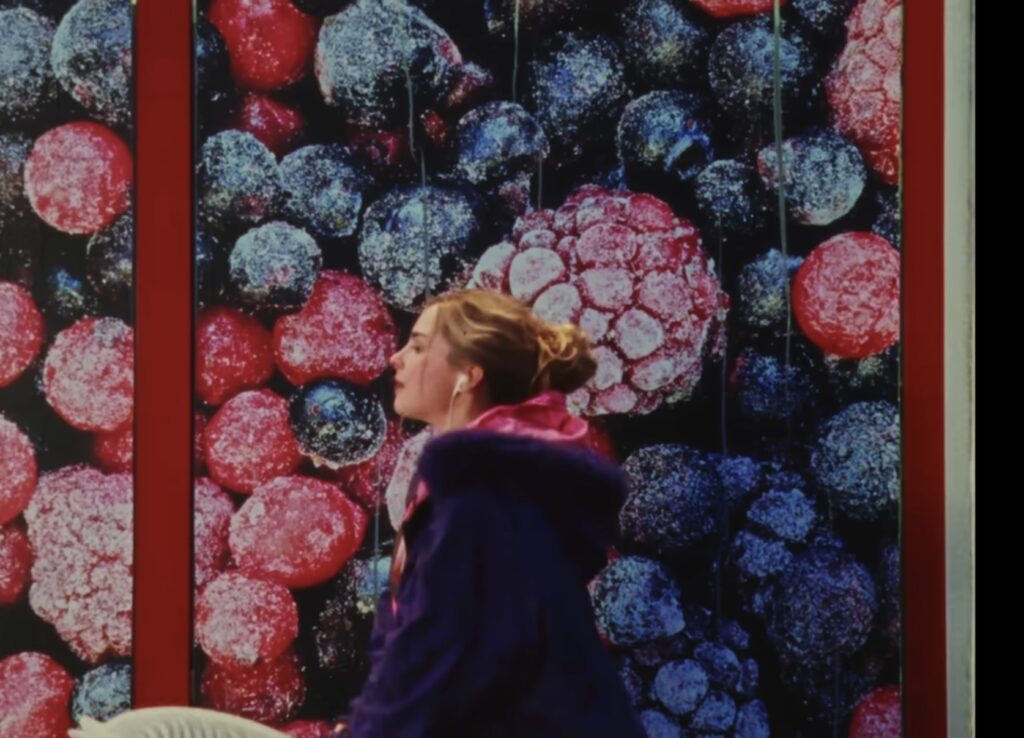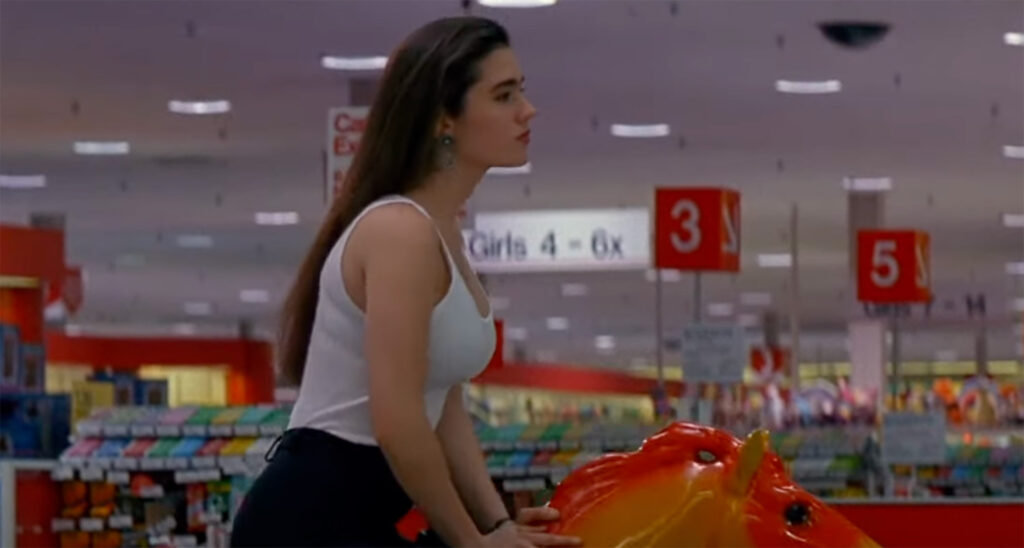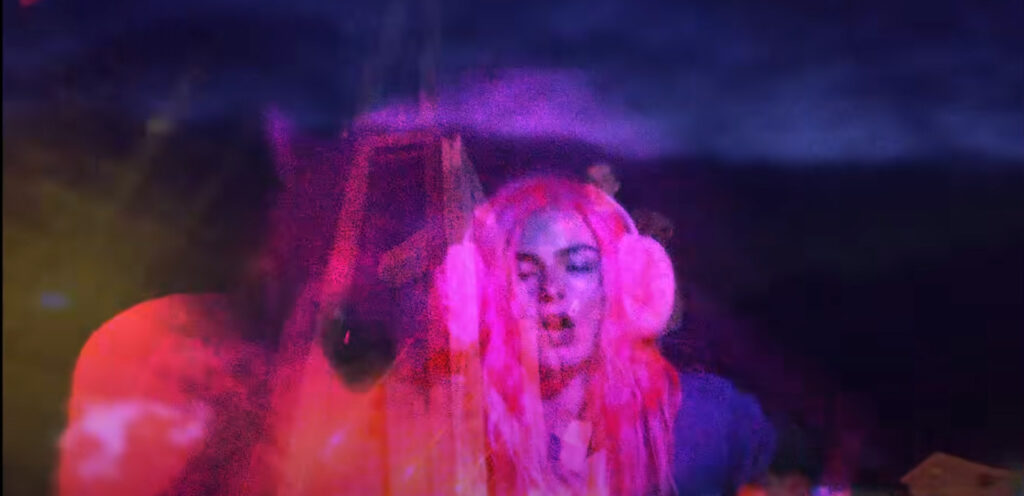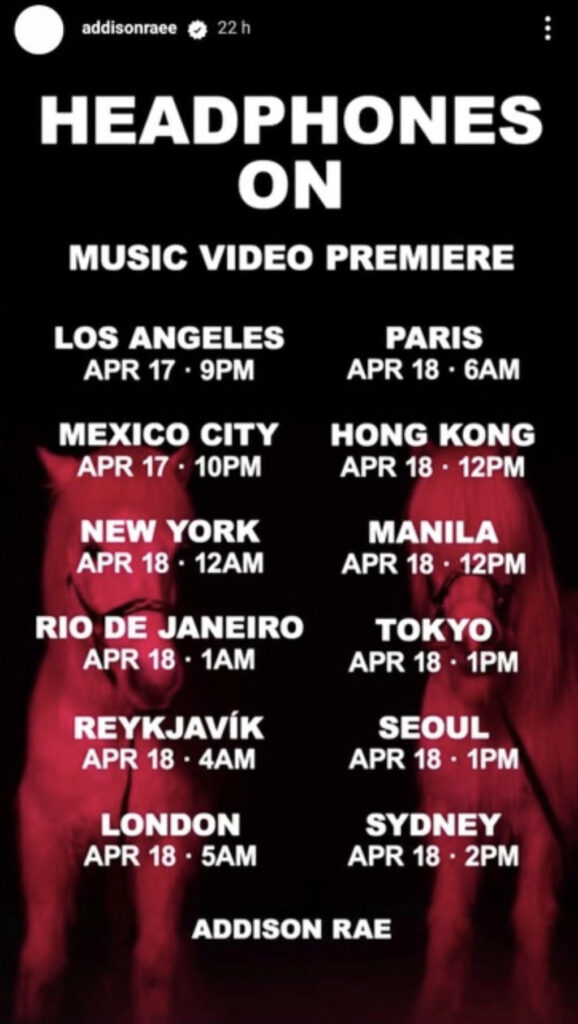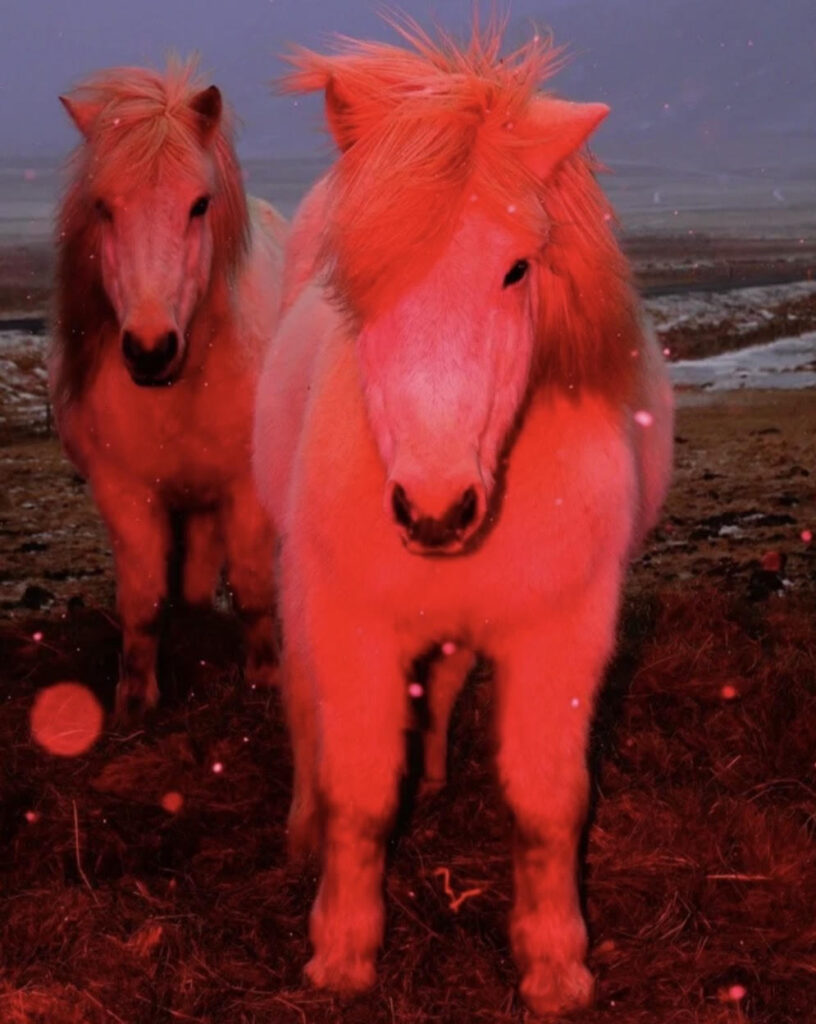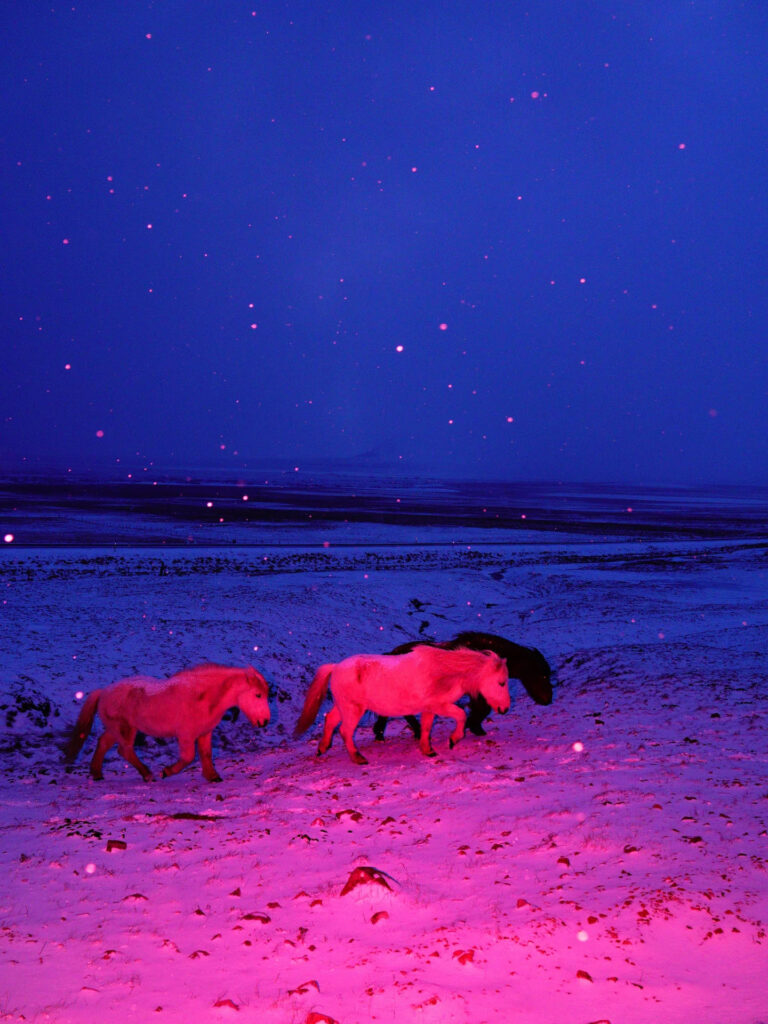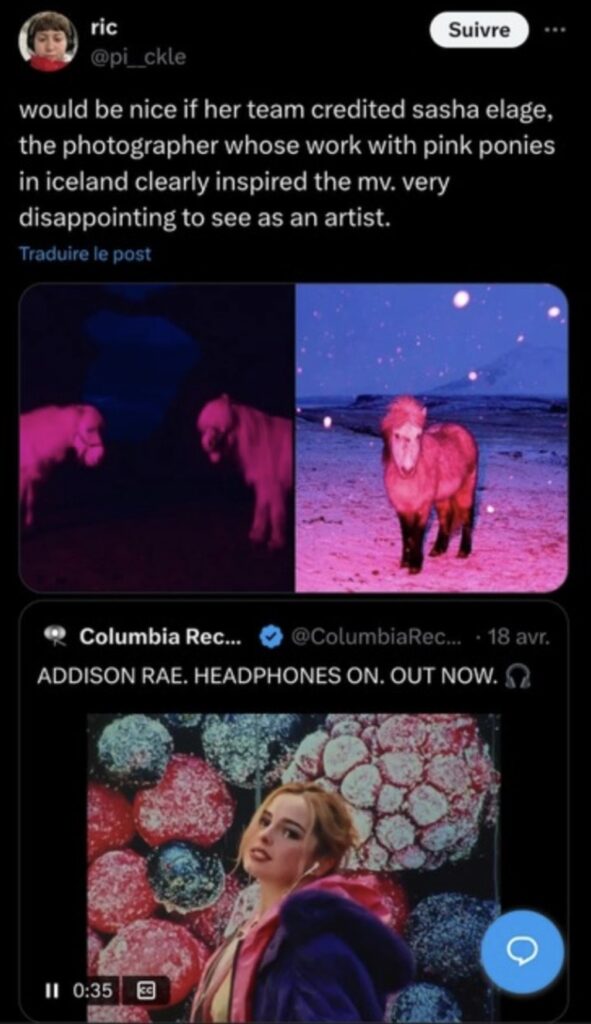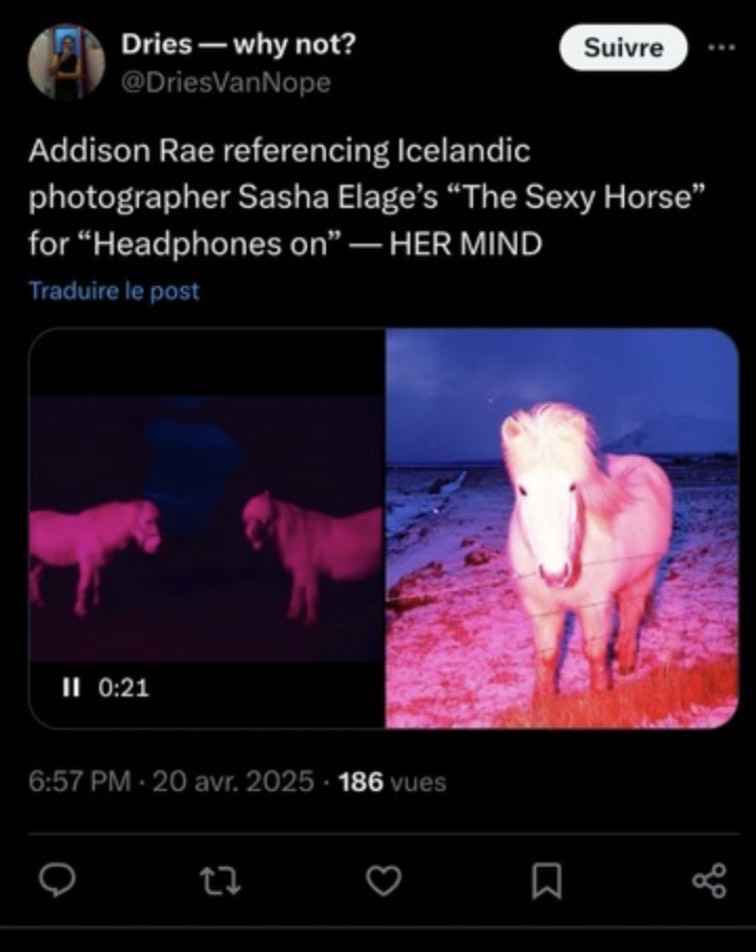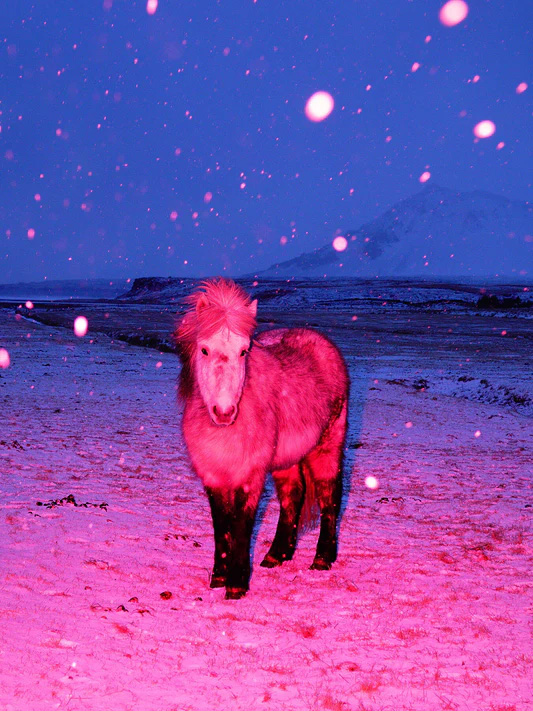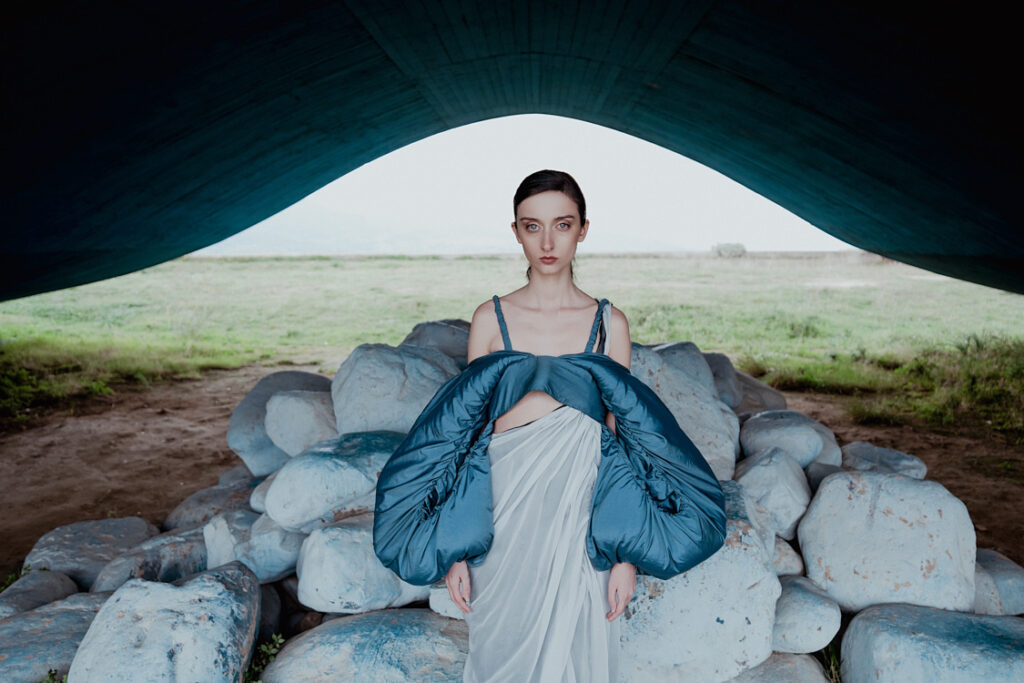
Linda Moro
CM: How would you describe your identity as a designer in a few words?
Brutal elegance, dystopic futurism and organic mutation of shapes.
CM: What inspired you to become a designer and start creating fashion?
There was no epiphany, just a slow erosion of convention…I started because I see beauty in the fashion product for what it can convey without saying anything, and the need to give it life. Design was the only language I trusted, one of gesture, proportion, and the void.
CM: What concept or message drives your work?
The common thread that connects each of my creations stems from a vision of a future dystopian scenario, in which man will have brought to an end his own species and other life forms will coexist with nature, where man has failed.
CM: Where do you draw inspiration for your collections?
From silence. From concrete. From abandoned spaces where nature dominates, Brutalist architecture, and the way fabric collapses under weight, visually and metaphorically. Usually I take inspiration from the waves, holes and scars in the elements of nature, from which I start for the conception of a specific worked fabric.
CM: Is there a personal story behind your journey as a designer?
My obsession with dystopian worlds and the inevitable apocalypse probably comes from a perpetual sense of not belonging and alienation from my surroundings, as if it were all a fiction. That’s why I am in constant search of non-ness, like a nomad on an unknown land.
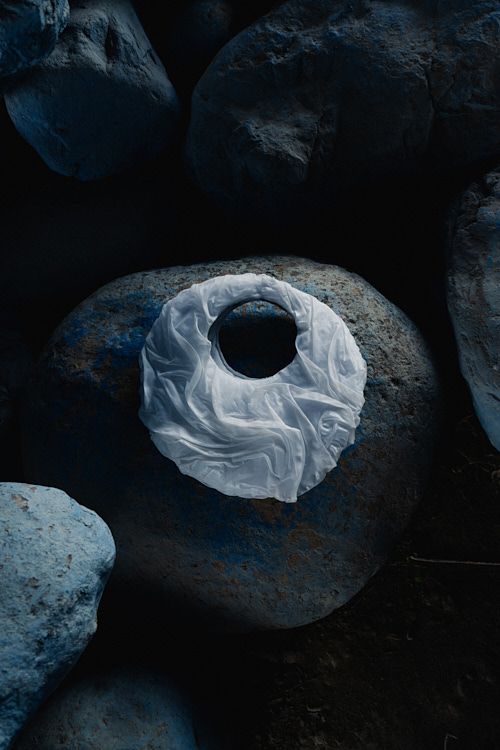
CM: What is your approach to design? Do you start from an image, a fabric, a feeling…?
Always from a feeling. A disturbance. Sometimes a sense of spiritual alienation. From there, I reduce it to a silhouette that can house that feeling. Only later do I search for the material that will give it weight. Other times I create my own fabric so I start from that, to give it a soul.
CM: How do you select the materials or techniques you work with?
I am attracted to contradictions: leather that acts like silk, wool treated to resemble ash. I prefer materials that resemble the organic and its scars. My techniques tend to reject perfection; I welcome rough seams, unfinished hems, exposed construction. It is a process of intentional erosion, which gives in contrast, soul and voice to a garment
CM: Is there a particular piece or collection you feel especially connected to? Why?
I always cherish every creation, but in this case I am connected more to the latex dress doc made by me, as the process was lengthy by creating from scratch the fabric spread on crocodile skin and inserting wool and moss inserts and it gives the idea of a second skin, but decaying.
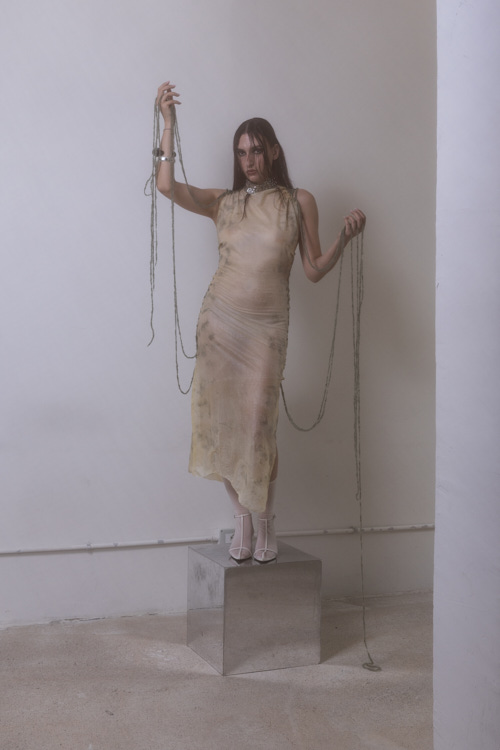
CM: What are the core values that guide you as a designer (e.g., sustainability, craftsmanship, inclusivity)?
The world does not need the new, but to reuse what is already there, so I take inspiration mostly from discarded materials I find to make them beautiful again and pieces of art. Craftsmanship is sacred and excess is the enemy…I would rather build something ugly and honest than beautiful and empty. Also, the garment must be something that speaks for you and makes you feel like yourself in every form.
CM: How do you relate to the concept of ethical or sustainable fashion?I believe in sustainability not as a trend, but as a form of respect. Respect for the material, the maker, the moment. My garments are built to last, age, and evolve. I reuse, reduce, and resist the cycle of waste. There is nothing ethical in disposability.
CM: Who do you envision wearing your creations? What does your ideal community look like?
They are outsiders with purpose. Individuals who dress not for status, but for ceremony. My ideal community is genderless, fearless, post-glamour. They live with intention, they move through the world with quiet defiance. They wear their shadows like silk.
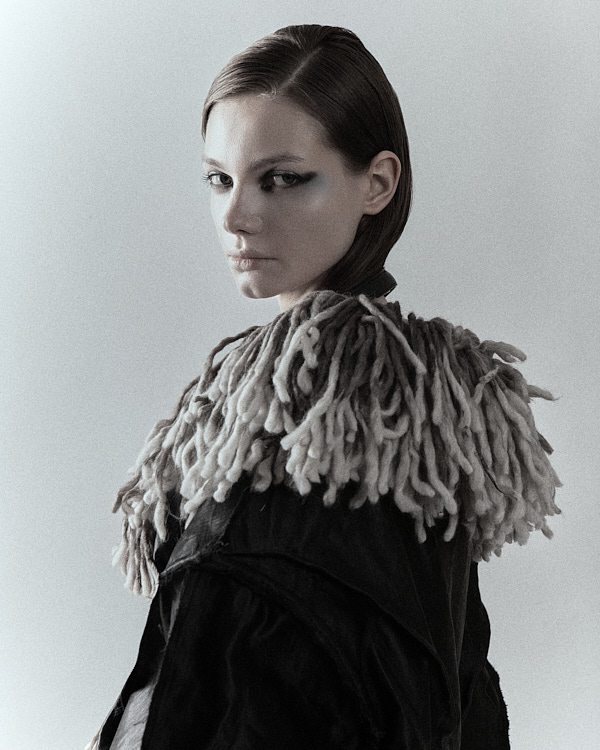
CM: What has been the biggest challenge in your journey as a designer so far?
There’s pressure, especially when emerging, to shout, to constantly show, to churn, as a woman in the fashion world. But I believe in slowness, in intentionality. The hardest part was resisting the noise, carving out space to create from truth rather than urgency, And always believe that you are doing something good and keep doing it.
CM: What does it mean to you to be “emerging” in today’s fashion world?
It means walking into a burning building with a match. The system is collapsing in places, and that’s both terrifying and liberating. Being “emerging” now is not about arrival, it’s about dismantling, rebuilding, resisting templates. There’s beauty in the instability if you lean into it.
CM: What is your long-term dream or goal as a designer?
To build a body of work that transcends trend or time. I don’t care about becoming a household name. I care about doing what makes me proud and realized, leaving behind artifacts that feel sacred clothes that hold memory, trauma, tenderness. I want my work to haunt me long after I’m gone.
CM: Is there a mentor, figure, or brand that has deeply inspired you?
Rick Owens, of course for his rigor, his restraint, his spiritual architecture. But also people like Yohji Yamamoto, Ann Demeulemeester, and Dilara Findikoglu, Artists who shape form as philosophy. People who make work not to please, but to ask questions.

CM: How do you envision the future of independent fashion in the coming years?
Fragmented, intimate, raw. I think the era of the megabrand is splintering, people are craving honesty, community, depth. I see fashion becoming more interdisciplinary, more local, more instinctual. Less about the spectacle, more about the ritual.
CM: What role do you think fashion plays today in storytelling or activism?
Fashion is a language that should be used more sometimes. What we wear is a statement of politics, of gender, of pain, of joy. Clothing can quietly and subversively convey protest. A raw hemline, an exposed body, a misplaced silhouette: this is resistance. In silence, we still speak, and this will remain unchanged forever.
CM: Are there any upcoming projects or collaborations you’re currently working on?
I am organizing a series of shootings and collaborations with small artisans who will help me with the refinement of the latex I have created. I am also working on a new collection featuring more organic elements that overlay architectural brutalism, with fabrics manipulated as if they were alive.

